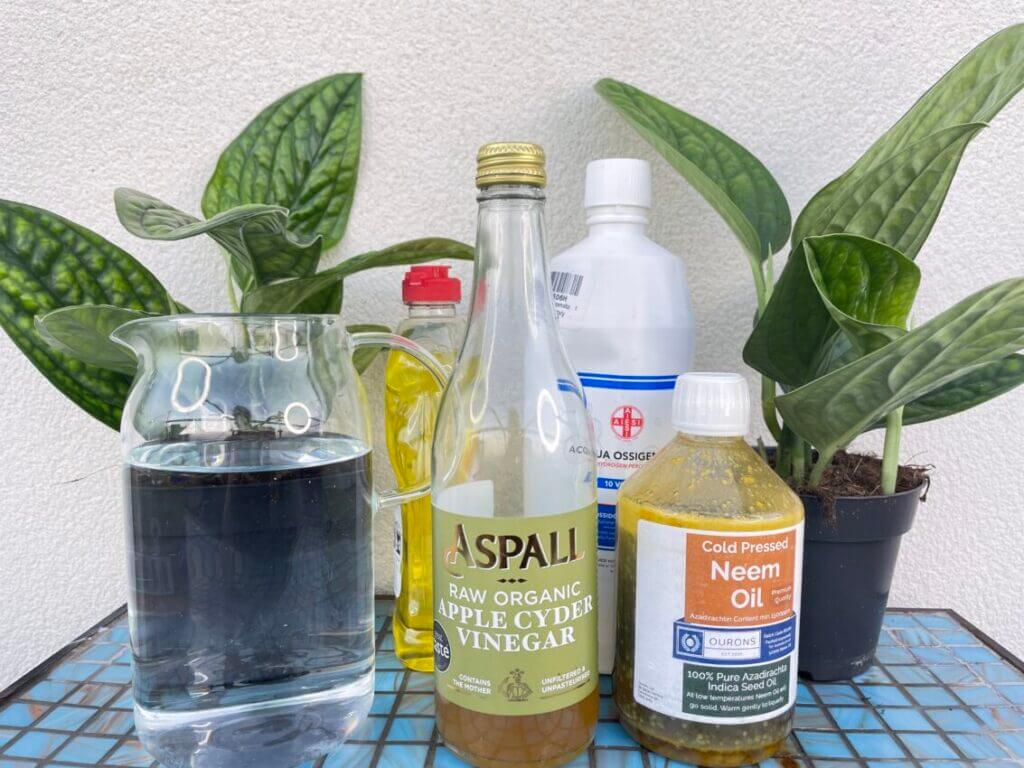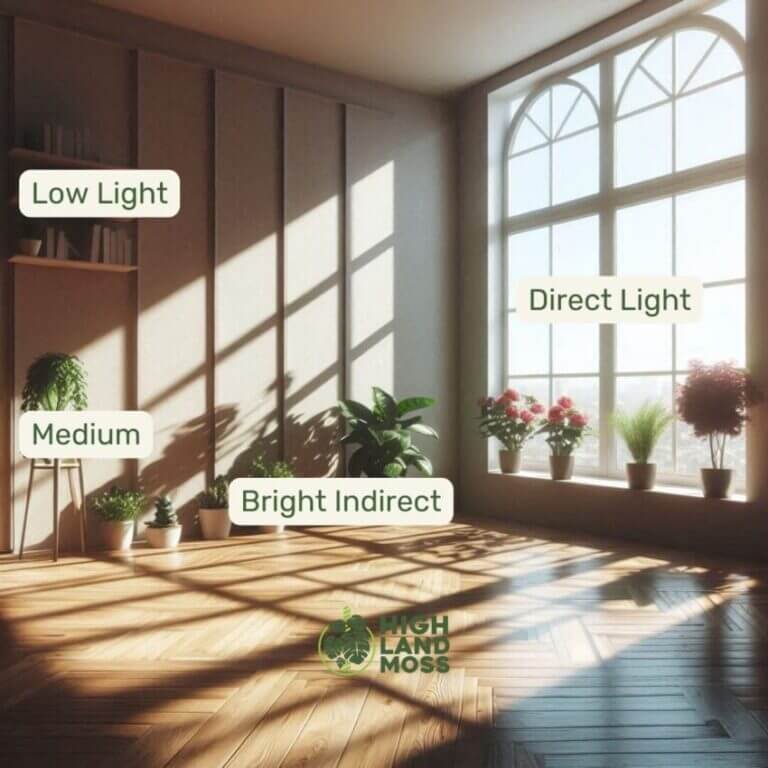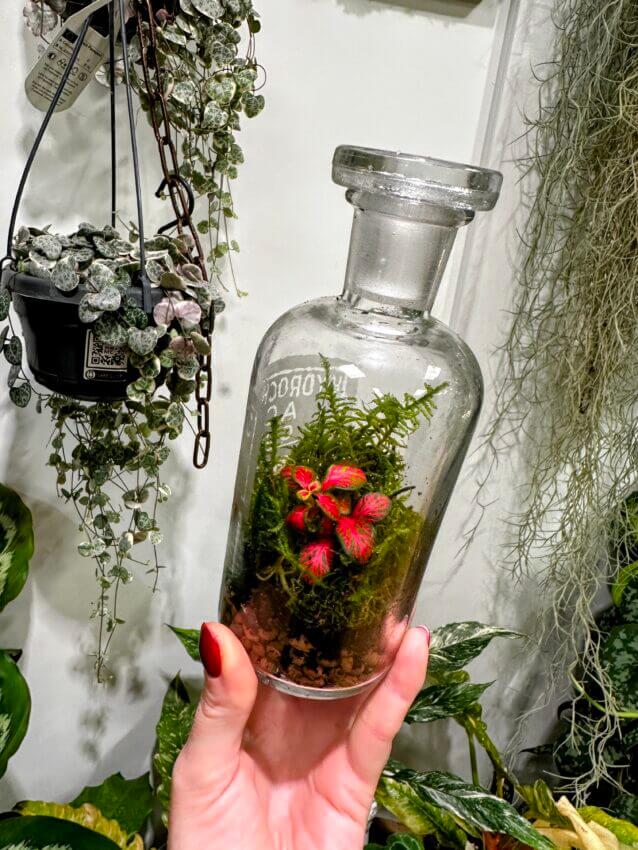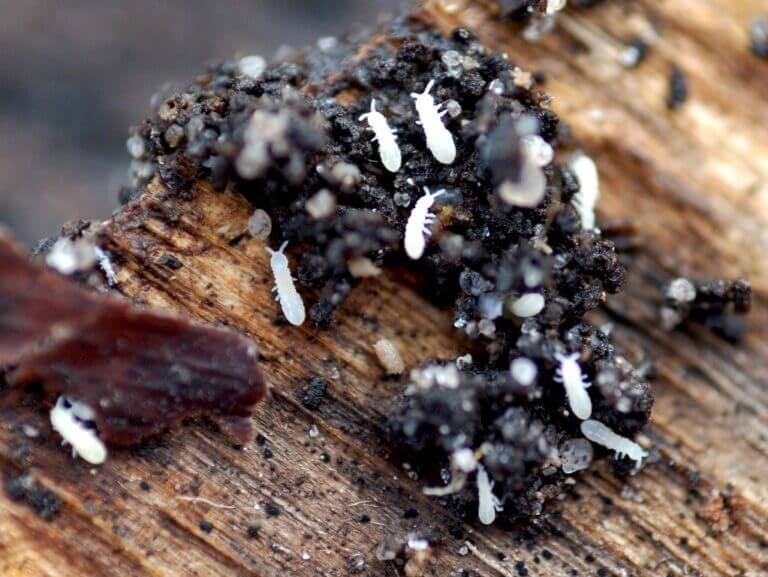Introduction
In this article we will go through very simple and easy solutions which will help you to prevent and control indoor plants pests using products which you probably have at home or can get in any shop. We can imagine how annoying and stressful is to find out some ugly thing on a leaf of your favourite plant. First you feel fear, then panicking, trying to find out what it is, post pictures on groups, ask for advice and trying to figure out how long it will take to deliver bug killer spray and if your plant (and you!) will survive this time!
Now you can relax and save yourself from the madness, read information below and after searching your kitchen cupboard you can become a professional bugbuster! These methods were tested by myself for a very long time on many different plants and work on quite a lot of different ugly creatures which treat your indoor plants like a bowl of salad so you don’t have to really identify them perfectly and even if this is something different my solutions still work.
Watch our video guide first
How pests get into your home and why they will not go to your neighbour instead
Pests love our indoor plants because its warm all year round, cosy and without natural predators. If you think about some tropical beach resort as a great place to live, then pests think the same about our favourite Monstera or Philodendron. Especially that there are ways to get into our home starting from windows, doors, under shoes, on fresh fruits, vegetables, or flowers.
Spores of fungi are so tiny they can be spread with wind until landing on a cosy leaf. Everyone who had aphids or powdery mildew asked the same question, why me and my plant? The answer is simple, why not!
There is not a way to prevent it if you don’t live in a 100% secure lab or a bunker with air filters and systems to clean everything that goes in. That is why it is very important to not only react to current issues but also prevent it and set up a schedule for this with some extra dates in late spring and early winter.
Important Notes:
Always do patch test on your plants before using your new solution. Some plants may not handle this well but the bugs don’t like it either. Every war requires victims and personally I think is better to lose a few leaves or just one plant than a whole plant collection.
Be careful with plants which have velvet leaves like gynura or silver pothos, make sure that the plant has airflow so leaves won’t stay wet too long and rot.
My Remedies

1. Water
Cold water from your shower can clean the plant from bugs especially aphids. Make sure that the water has good pressure to clean top and bottom leaves. Sometimes this may be enough but if not, it is a good first step.
2. Vinegar + water + soap
This should help with powdery mildew, aphids, mealybugs and spider mites.
Mix around 250ml of vinegar with a spoon of soap and 750ml water. I am using any vinegar which I have at home and dish soap, but you can use special horticultural soap which is designed for plants.
Use old spray water and shake the solution well. Spray the plant and remember the underside of leaves. Leave for a few hours and then rinse with clean water.
Repeat this for at least 2-3 weeks or until bugs are gone.
3. Hydrogen peroxide + water
Benefits of hydrogen peroxide for plants are just wonderful, if we think about this in a simple way it is just water with additional oxygen molecules and it makes it so special. You can get it in a pharmacy (3% is the most common and I am using it) and it can solve most of your problems with plants.
Use 1 part of hydrogen peroxide and 3 parts of water to make pest control spray. You will hear a fizzy sound but stay calm!
Use one part of hydrogen peroxide and 2 parts of water to fight root rot and fungus gnat eggs. Mix well together and slowly pour it over roots or soil and await this wonderful sound of buzzing oxygen which I call victory!
To prevent root rot and fungus gnat regularly add 1-2 spoons of hydrogen peroxide to 1 litre of water when watering. It will also encourage roots to grow faster and healthier, absorb more nutrients from soil naturally.
I forgot to mention that you can use the same solution to disinfect your pots, plants tools and moss which you are using for propagation. Pretty sweet deal! We love the multi functionality of this, right?
You can store this solution somewhere dark and cool for quite a long time and have it handy when needed.
4. Oil + soap + water
We will need 1 litre of lukewarm water (it is easier to mix when water is warm), a drop of soap and 1 small spoon of oil. Always add soap and oil to water not opposite!
Neem oil will be the best, its stinky but this is the price we must pay. You could use olive oil as an alternative if you have to because the idea is to spray the plant and cover bugs with an oily solution which will exterminate them.
It will take a few hours and after that you can rinse the plant with water. Repeat regularly for at least 2-3 weeks or until you don’t see bug anymore.
Add a drop of soap and 1 spoon of neem oil to 1L lukewarm water. Shake the bottle well and spray plants. This solution works perfect on aphids, powdery mildew or spider mites!
5. Neem oil + water
Like in point 4 mix water with neem oil but without soap. This solution should be applied on leaves with a soft microfibre cloth and used as a prevention method for pests, as a bonus leaves will be shiny and beautiful!
6. Diatomaceous earth
I do not expect that many of you have it at home but treat it as a bonus entry especially if you can’t sleep because of nightmares with fungus gnats!
Grab Diatomaceous earth and sprinkle on the top of the soil. It will prevent the pests from laying eggs and should solve your problem as soon as the last adult fungus gnat die!
If you really want to eliminate them forever, add a little bit of this wonderful white powder to your potting mix! They wont be back! If you can imagine swimming in a pool full of razors and pieces of glass this is what they will feel in a soil mix with diatomaceous earth.
Summary
I use all of these methods myself and have and tested on many plants but remember that every plant can react in different way, some are more sensitive than others!
I do not have any academic qualifications and all these methods are just homemade mixtures made by my family of plant lovers and passed down for generations.
I understand that for many of you it is difficult to recognise insects, some are super tiny or elusive and we know that something is wrong, but we don’t know what caused it.
That is the reason why I say that most of the methods will work on most common indoor plant pests so you do not have to spend hours researching and can just start treatment. If something does not work, try something different and be patient. Do not give up and remember that it is easier to prevent than treat.









